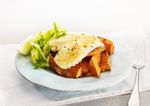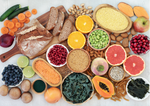Sustainability September
by LiveLighter,
- August 31, 2021
- Leave a comment
- Families
- Healthy eating
- Top Tips
- Make your own
- Cooking
- Fruit and Vegetables
- Wellness
- Budget Friendly
- Things To Do
- Gardening
- Sustainability

Our Sustainability September Challenge encourages you to reduce, reuse, and recycle to help keep ourselves and our planet healthy, happy and thriving.
Check out our top tips and tricks to reduce your food waste and become more environmentally friendly.
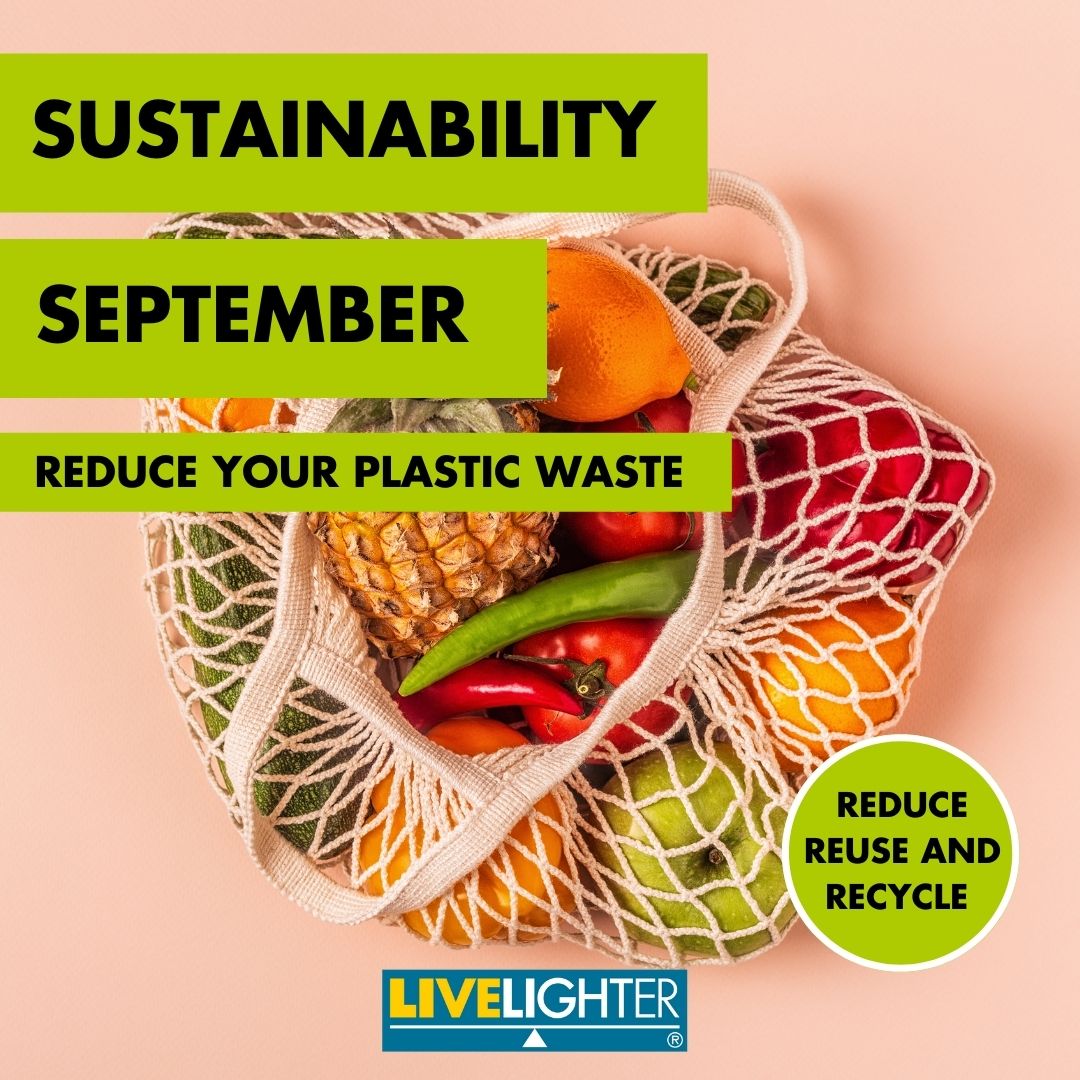
Reduce plastic waste
Did you know that 8 million tonnes of plastic ends up in our oceans every year?!
To help our marine ecosystems thrive, we can all do our part to reduce the amount of single-use plastic we use. Each and every time we say no to single-use plastic it’s a small victory for our oceans – and the collective action of many will add up to a big victory for the planet.
Here are 5 ways you can reduce your plastic waste:
1. Bring your own ‘green’ bags from home when shopping. Keep some in your car so you always have a bag handy.
2. Invest in reusable produce bags. These also make great gifts!
3. Choose unwrapped produce at the store where you can.
4. Carry a reusable water bottle when you go out so you never need to rely on purchasing a single-use plastic bottle when you’re thirsty.
5. Reduce the amount of takeaway you buy, and cook at home instead. Takeaway containers, plastic cutlery and straws add up to a lot of plastic waste!

Repurpose jars
Do you repurpose empty food jars to store pantry items?
You don’t need to pay big bucks for a Pinterest worthy set of matching glass mason jars, most of us have a readily available source of containers from the everyday food items we buy in the weekly shop.
Thoroughly wash out sauce, chutney and jam jars for a convenient and eco-friendly alternative to buying new containers. Baby food jars are perfect for storing spices! Empty food jars are also great for popping items in the fridge that you might otherwise wrap in plastic or foil – like that half tomato or open avocado.

BYO lunch
Packing your own lunch for work is a great way to save money, and helps you avoid the temptation of ordering greasy takeaway and adding more single use containers to landfill.
It doesn’t get easier than a sandwich, a piece of fruit and a handful of nuts if you’re looking for a healthy, no-nonsense work lunch. Pack it all up into a reusable lunch box or container and you’ll be able to sidestep the lunchtime café lines.
Check out our quick and easy ‘make you own’ work lunch ideas.

Say no to plastic bottles
Are you drinking enough water?
Using a reusable water bottle not only reduces plastic waste, it also gives you the opportunity to add in some flavour!
Adding fruits and herbs to your water is great way to spruce it up, meaning you’re more likely to drink enough and stay hydrated throughout the day.
Check out these tasty and flavour combos.

Reduce food waste
It’s great to come home from work and know what you're making for dinner – or even better, having meals pre-cooked and ready to reheat. Planning helps us get the most out of our food budget, reduces food waste, and allows more time to spend together as a family.
If dinner time is chaos or each night’s dinner tends to be a last-minute decision, then you have the most to gain from planning your meals for the week.
Here are a few tips on how to get started with meal planning.
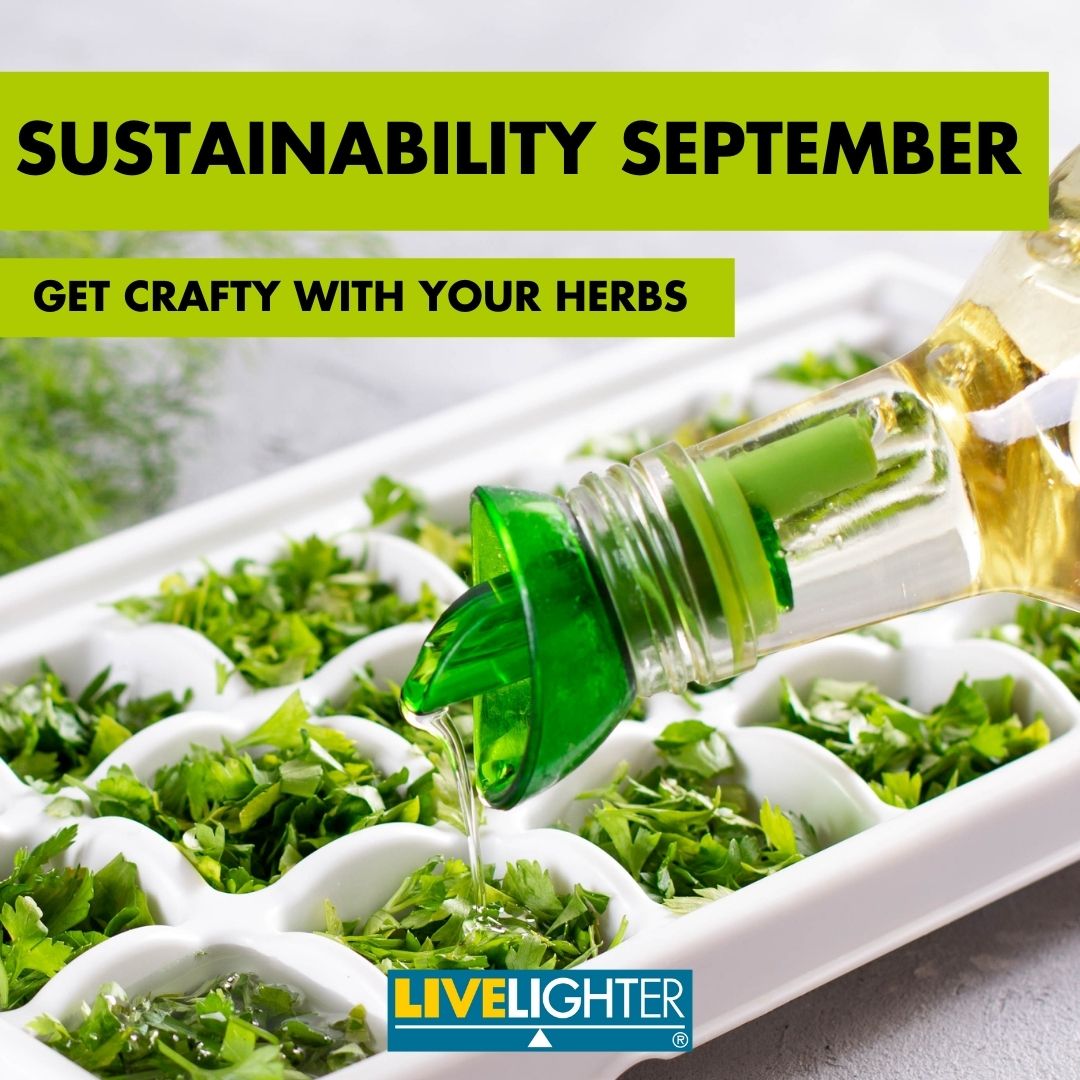
Get crafty with herbs
Are you tired of throwing away your sad, wilted herbs from the bottom of the crisper each week?
Here's our handy tip to give your herbs a second chance and make sure you always have a flavour pop on hand when cooking. You'll need:
- Ice cube tray
- Herbs that are close to the end of their shelf life
- Olive or canola oil
Roughly break or chop your herbs and push them into an ice cube tray. Top up with oil and place the tray in the freezer. Once cubes are frozen, pop them out and store in a container in the freezer. It’s that simple!

DIY composting
Composting is an easy way to reduce your food waste, and is great for your garden too.
All organic household waste (plants, animal, or their by-products) can be composted. Food scraps, cardboard, coffee ground and paper towel can all go in!
Read our step-by-step guide on how to compost.
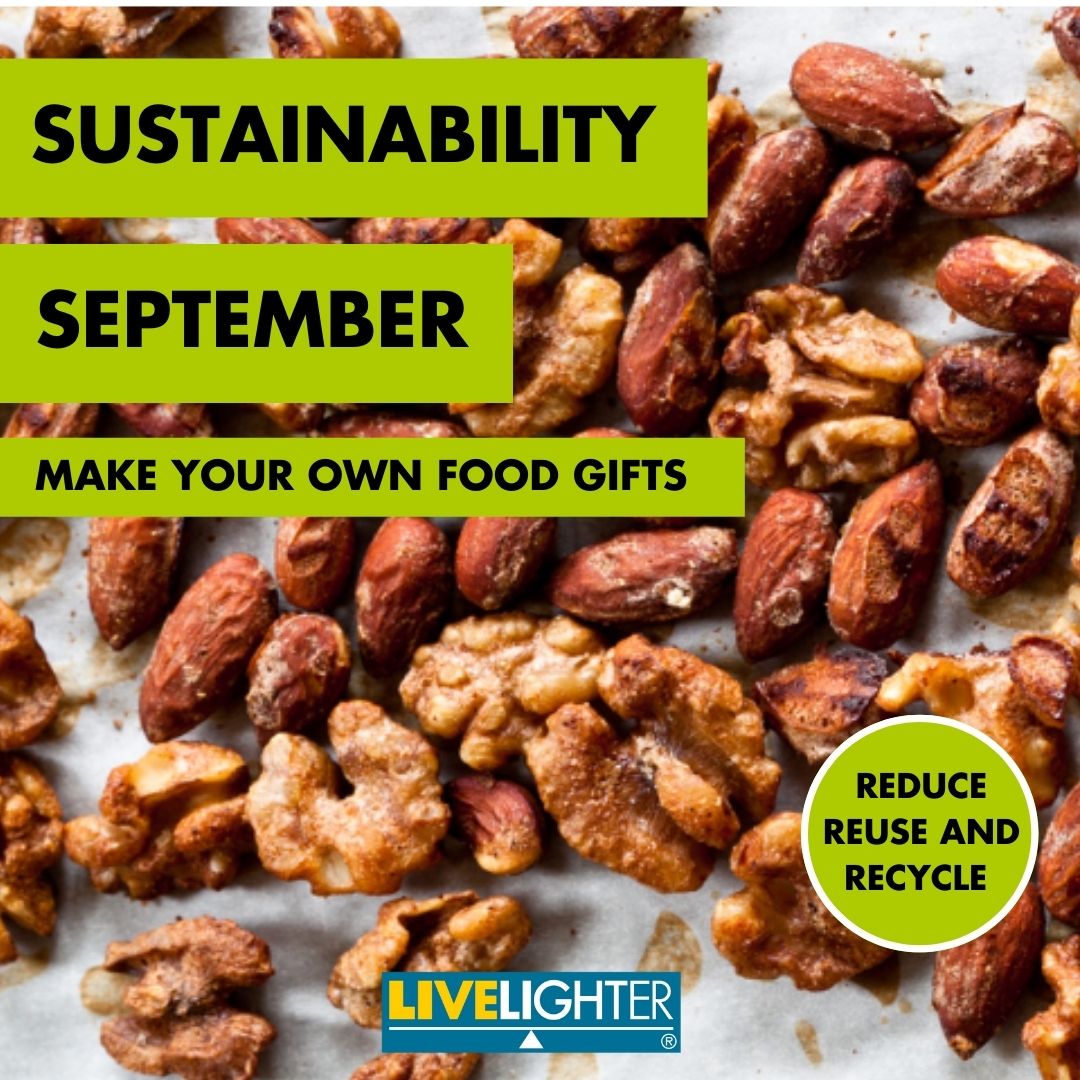
MYO food gifts
Ditch the box of choccies and try a homemade treat instead!
Food gifts are always popular! They're a great way to show appreciation, without giving people unnecessary "stuff".
We love the idea of whipping up something homemade. Repurpose food jars (ribbons and handmade cards optional!) for a cute, affordable and sustainable package for your tasty homemade treats.
Check out our delicious homemade food gift ideas.
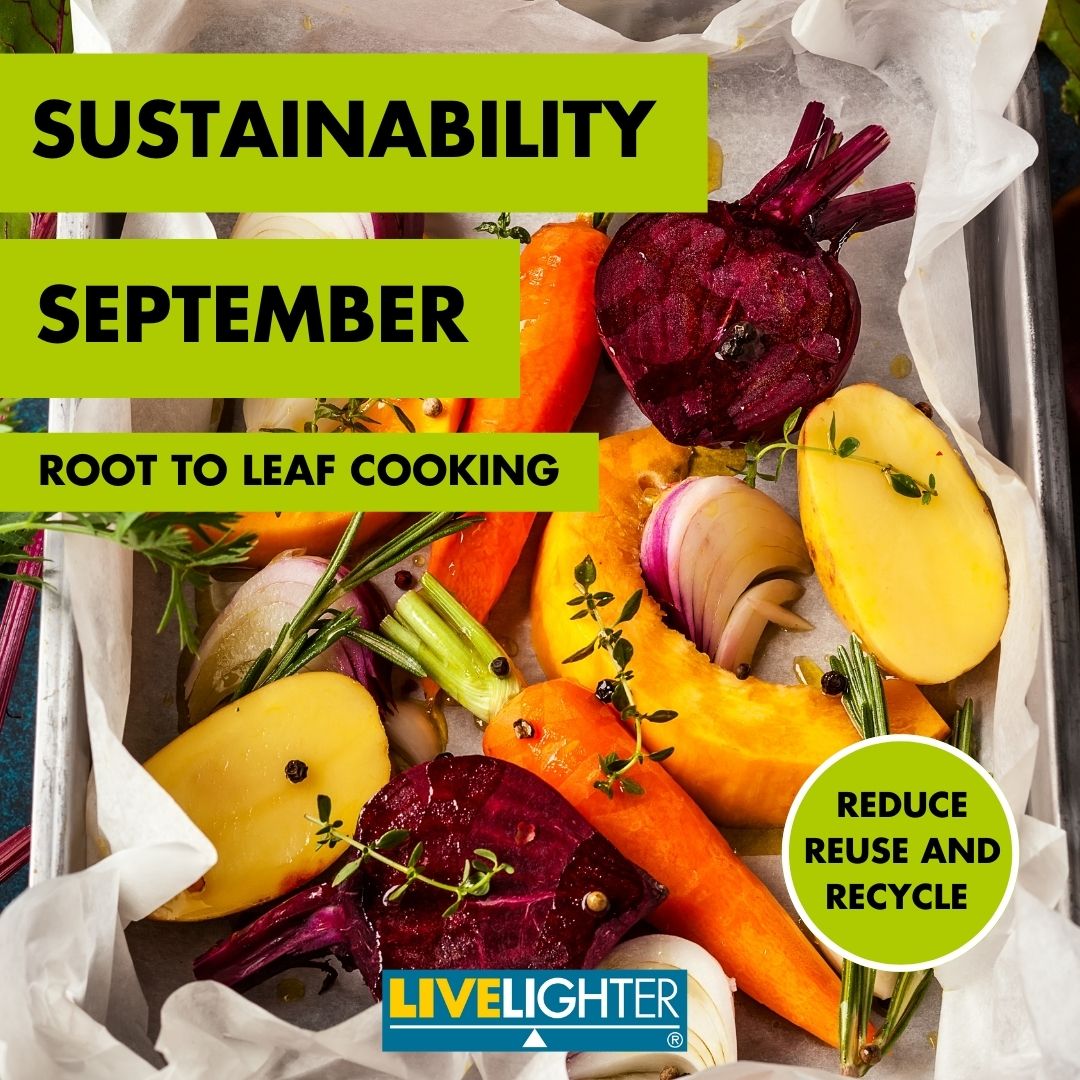
Root to leaf cooking
Get the most out of your fruit and vegies with our root-to-leaf cooking top tips.
Lots of us throw away perfectly good bits of fruit and vegies all the time! Here’s how to use the whole veg… root to leaf.

Save overripe bananas
Not sure what to do with those spotty bananas left at the bottom of the fruit bowl at the end of week? Don’t chuck them out!
Reduce your food waste and turn overripe bananas into our tasty blueberry and banana bread.
No time to make banana bread? You can also chop up overripe bananas into a container and freeze. These are great for whipping up a healthy brekkie smoothie when you’re on the run.
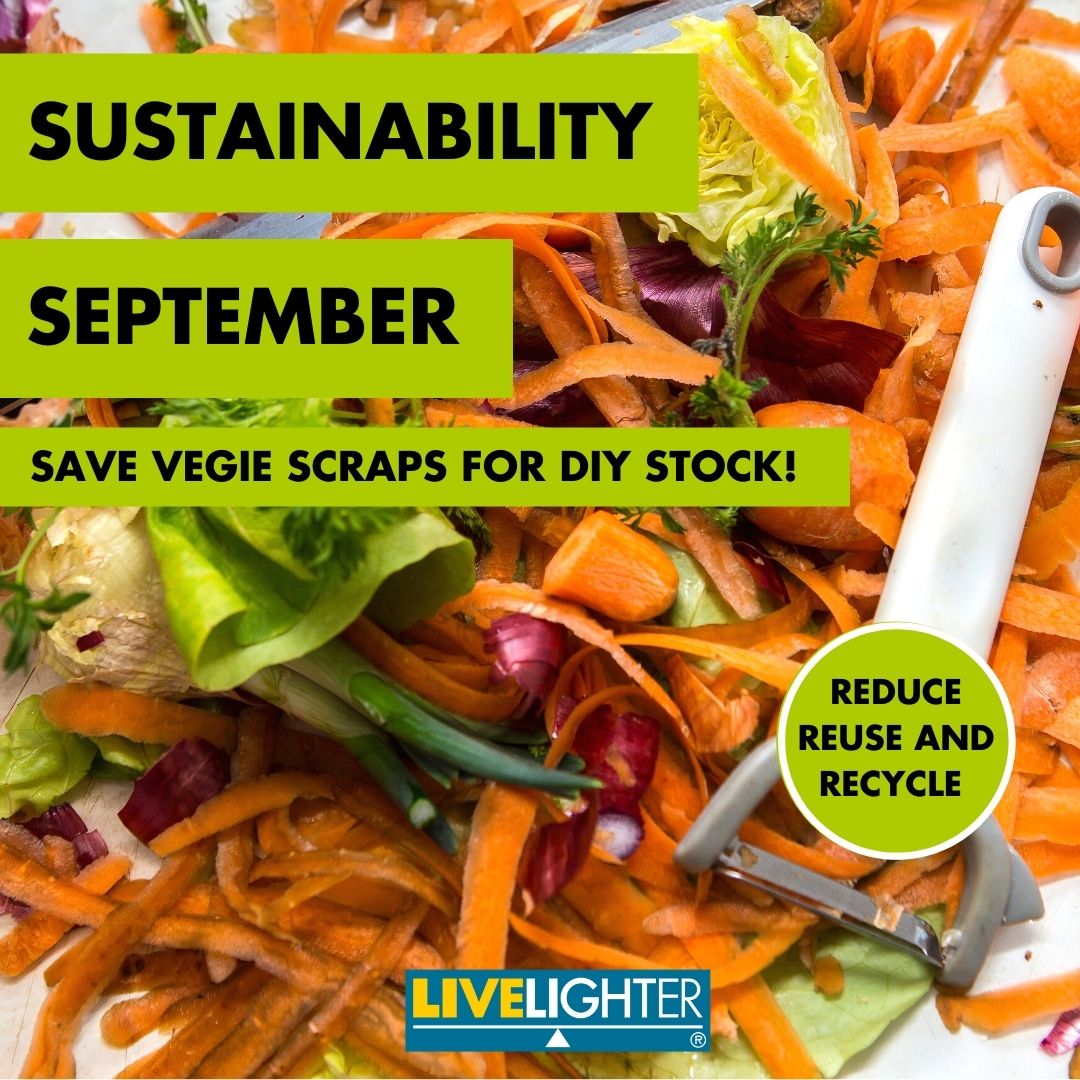
Save vegie scraps
Looking for a fun new project? Want to know exactly what’s in your food, whilst also being sustainable?
Making your own stock saves money, reduces food waste, and makes for delicious dishes.
The secret to our stock is using the week’s vegie scraps. Put a zip-lock bag in the freezer and put your vegie peels, skins and ends in there as you go. Vegies that are soft, wilted or past their prime (but not rotten or mouldy) are perfect for this too. Once you’ve got about 2 cups of scraps, you’re ready to make stock!
Find out how to make your own stock here.
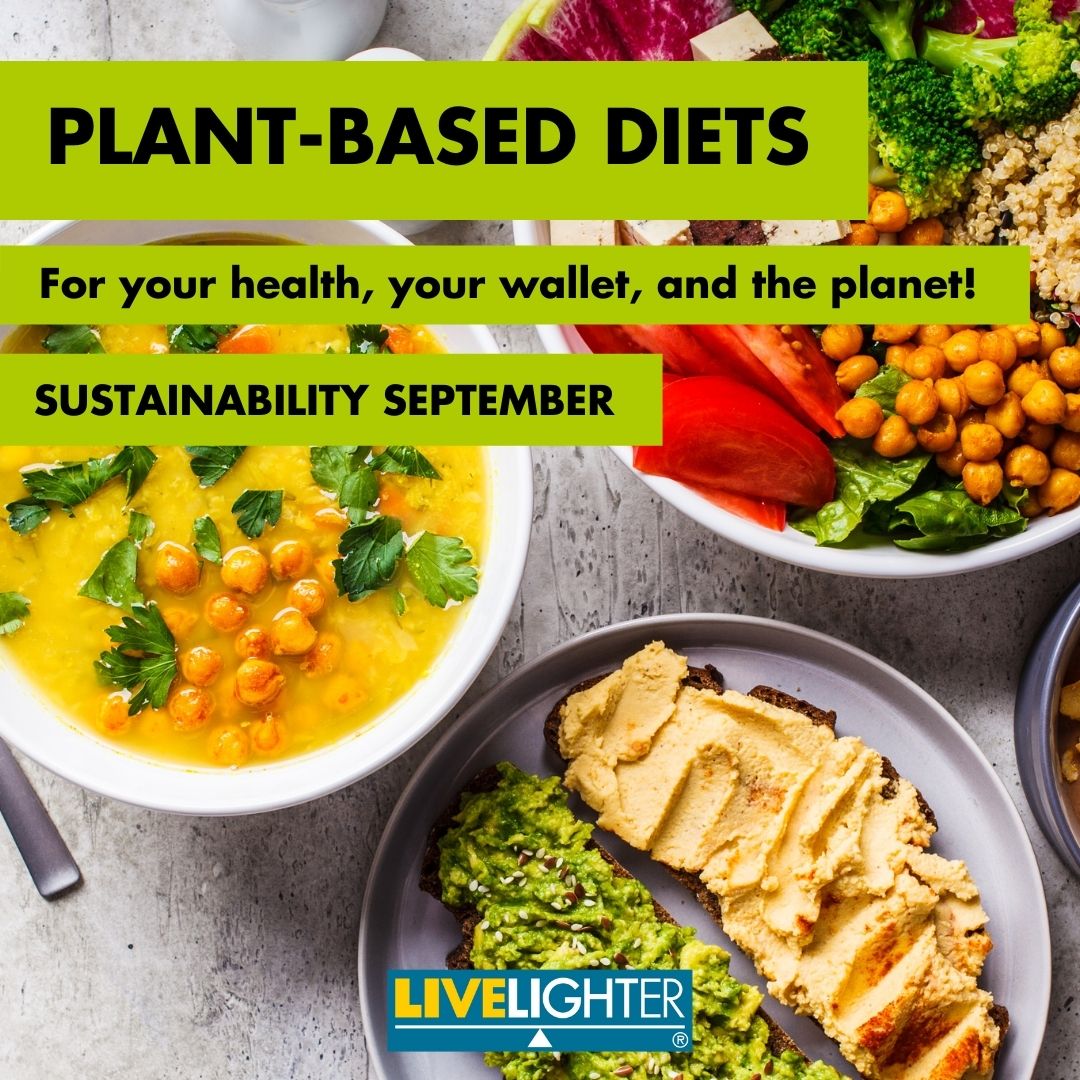
Plant-based diets
A growing number of Aussies are trying to reduce their intake of animal foods, and there are a lot of good reasons why.
In this blog we take a deep dive into why a plant-based diet has been coined a golden diet for the planet, health and your bank account. Find out more.
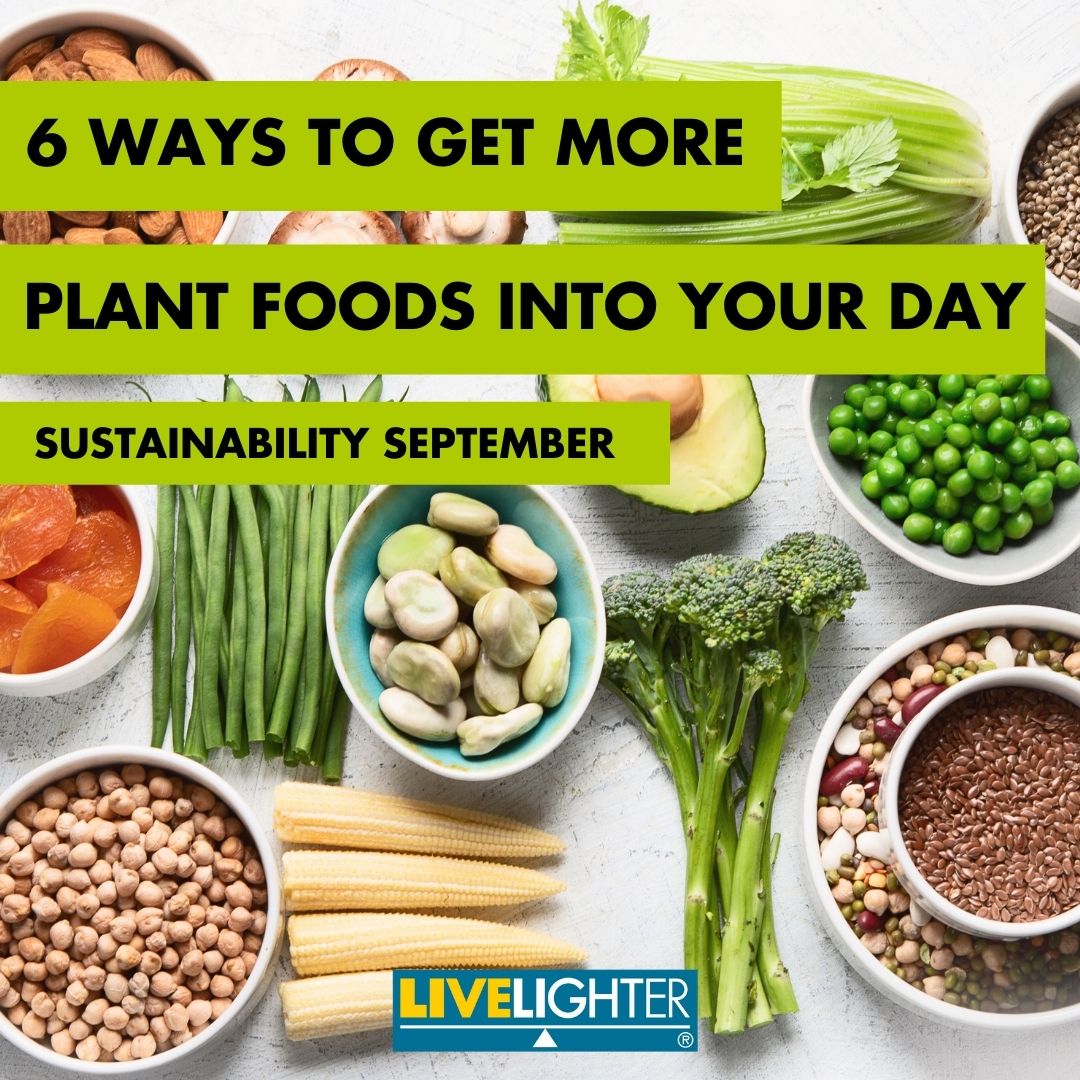
Eat more plants
Are you one of the 1 in 4 Aussies looking to eat more plant-based foods and less animal products?
Including more plants in your diet is good for your health, your wallet, and the planet, and lots of Australians are going flexitarian (making a conscious decision to reduce the meat content of their diet) to reap these rewards.
Here are our 6 simple strategies that you can use to get more plant foods into your day.
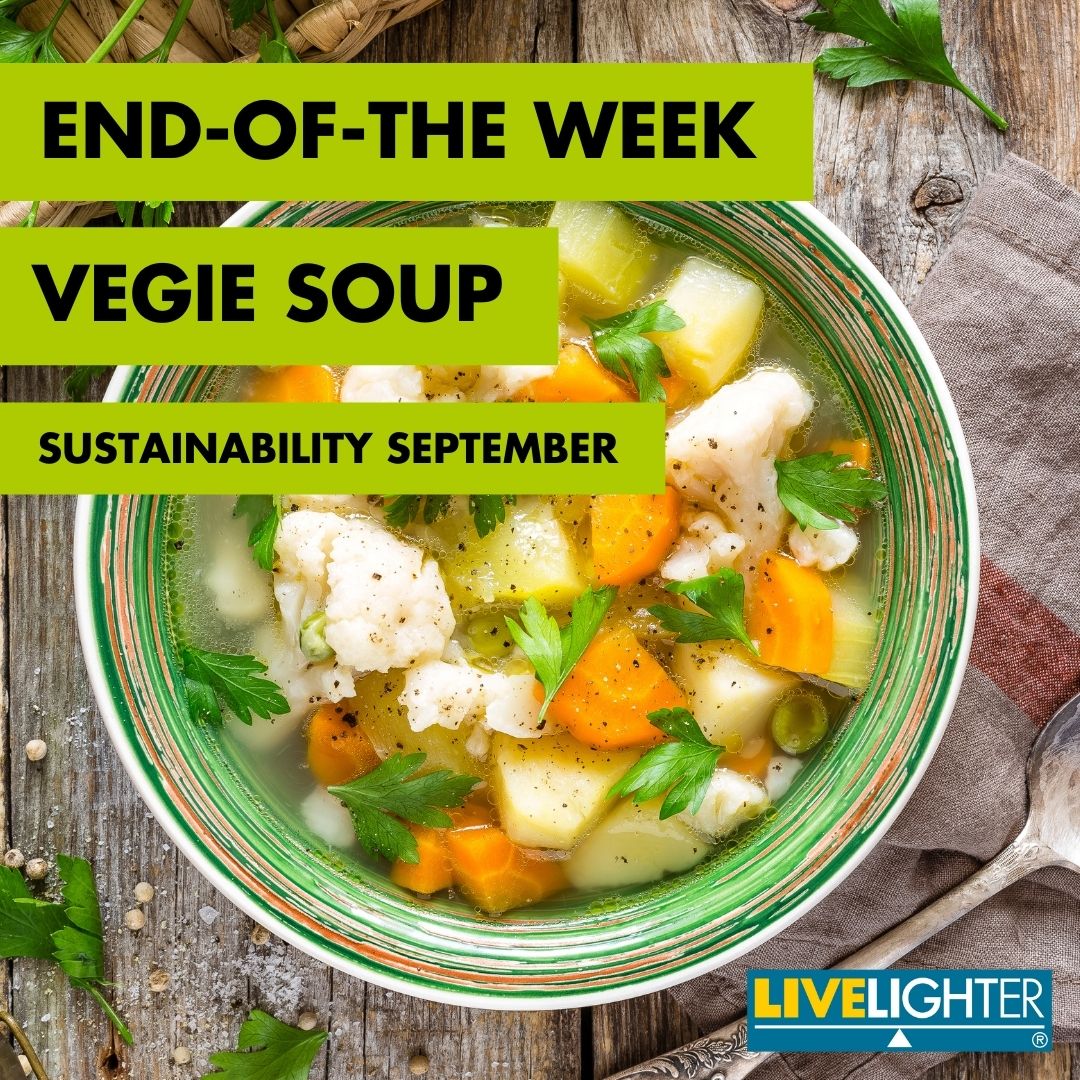
Save end-of-the week vegies
Not sure what to do with the lonely vegetables left in your crisper at the end of the week?
Why not turn them into a satisfying and nourishing bowl of soup?
Check out our bank of delicious LiveLighter soup recipes. We’ve got creamy vegetable soup, spicy pumpkin, and loads more healthy alternatives to choose from.
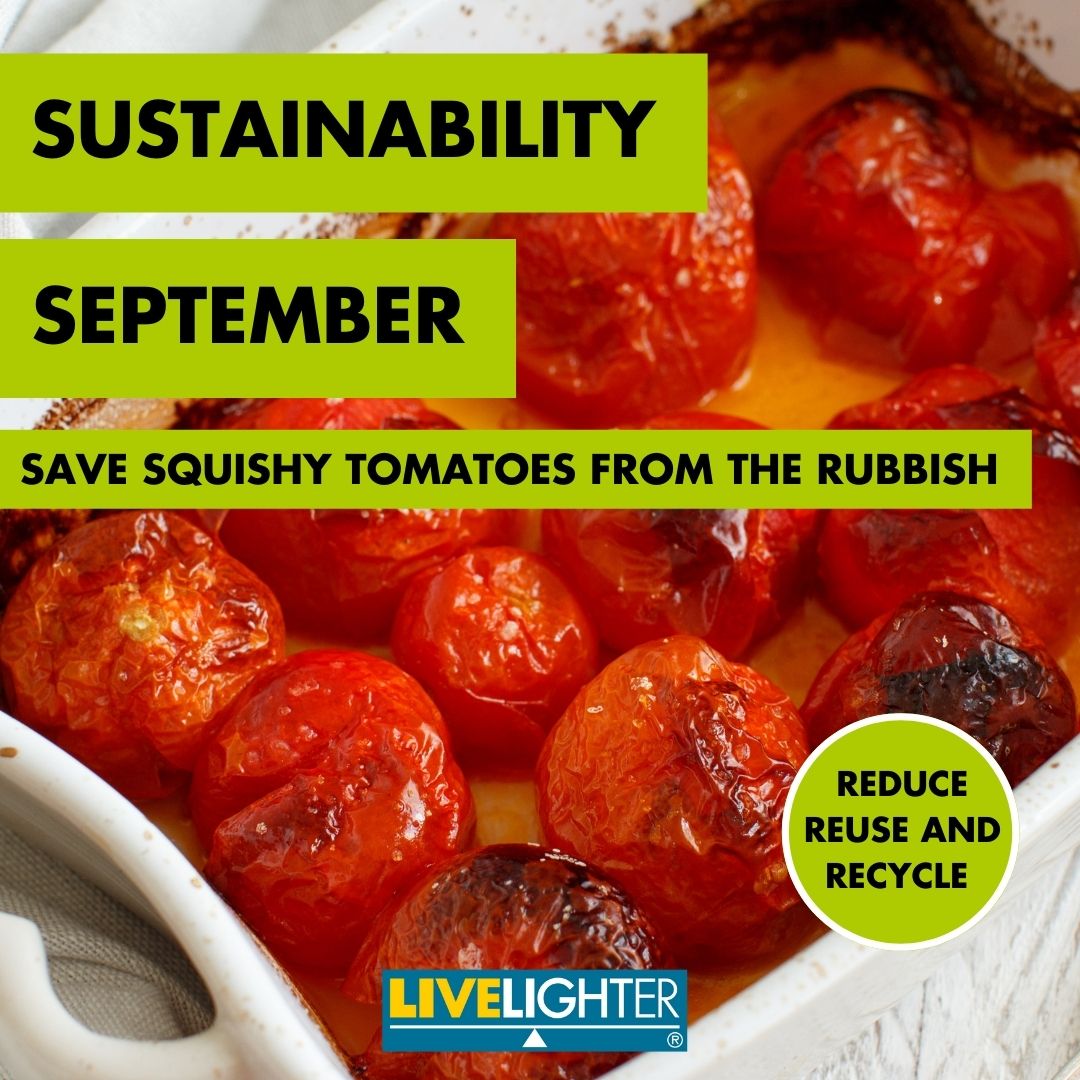
Save squishy tomatoes
Save your squishy tomatoes from the rubbish and reduce your food waste!
Throw tomatoes onto a tray (add peeled and quartered red onion, whole garlic cloves and red capsicum chunks if you have any handy), add a dash of olive oil and seasoning and roast in the oven.
Once it’s ready, whiz it all up with a stick blender and voila – you have a healthy red sauce for pasta, parmigiana or potatoes.
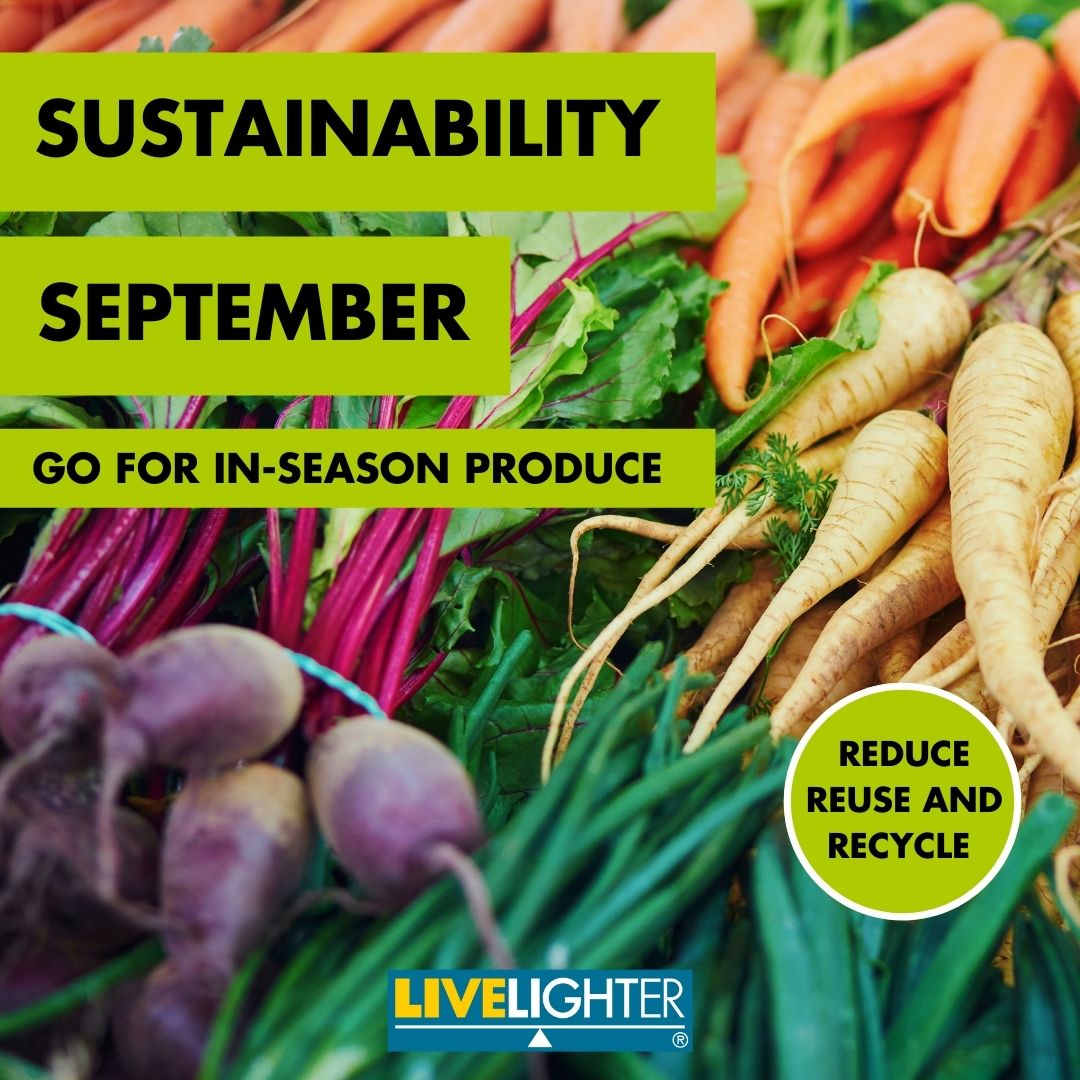
In-season produce
Start to EatBrighter and LiveLighter today by choosing in-season produce!
Seasonality refers to the times of the year when the harvesting (or picking) of fruit or vegetable is at its peak. Our handy seasonality charts are helpful as a general guide on when fruit and vegies are in season and are state-specific.
A good rule of thumb is that if it's locally grown and on special - it's probably in season!

Go for canned & frozen
Frozen, dried, canned and bottled fruit and veg are nutritious, convenient, and often cheaper than fresh produce. And because they keep for much longer, they can help us reduce food waste.
Check out some of our favourites that will make whipping up colourful meals a breeze.





